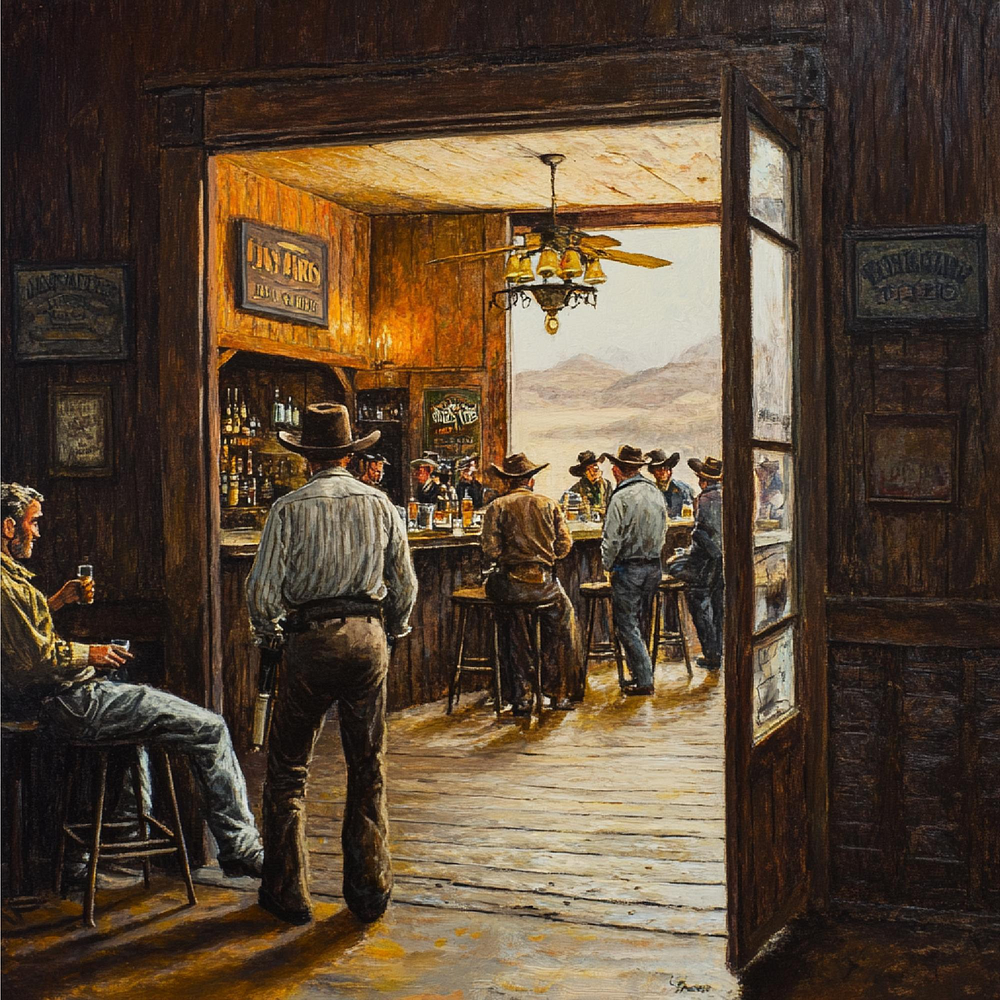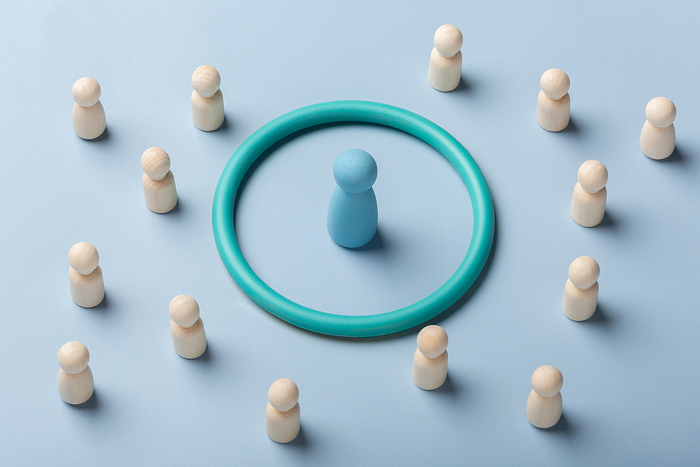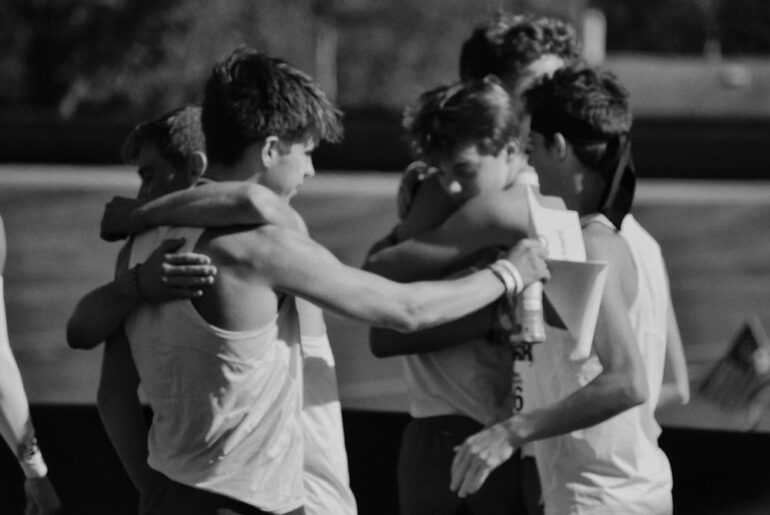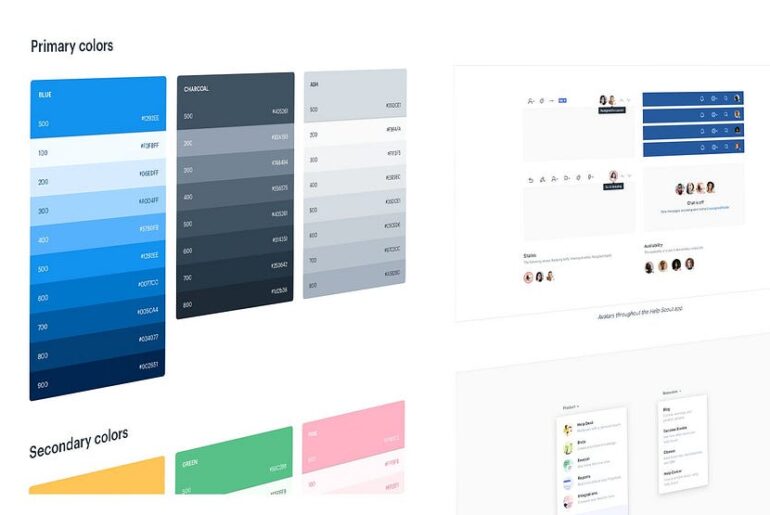It’s not just a joke; it’s a reminder that great products are built on collaboration, not conflict.
A collaboration joke?
A designer, a developer, and a user walk into a bar.
The designer orders the trendiest cocktail on the menu, the developer meticulously analyzes the beer list, and the user just wants something quick — but it better be the best damn drink in the bar.
Sound familiar?
Welcome to the world of design, development, and user experience, where everyone has their own priorities, egos, and quirks, but they’re all trying to make something great.
This isn’t just a joke; it’s a metaphor for the daily dance of collaboration. I’ve been on all sides of this equation: the dreamy designer, the exasperated developer wrangler, and the product manager refereeing the chaos.
Here’s what I’ve learned — and what I wish someone had told me earlier — about navigating the quirks, clashes, and (occasional) magic of bringing these three perspectives together.

The Designer’s cocktails and creative vision
As a designer, I spent years thinking I was the only one truly seeing the user’s problems. My designs weren’t just pretty — they were intuitive, elegant, and bursting with solutions.
Developers? To me, they were the gatekeepers of limitation. My job was to dream big, and their job was to figure out how to make it happen.
The truth?
I was living in a bubble.
Sure, I could whip up a design that clients loved, but I wasn’t always thinking about how those designs would translate into reality. And when developers pushed back, I assumed it was because they lacked creativity.
I had no idea that their “limitations” often stemmed from technology itself — or worse, my lack of clarity about what I was asking for. As a freelancer, I also used to think that one of the main reasons developers resisted my ideas was because they had already thought of a solution themselves.
It felt like they were more focused on satisfying the machine than the user, prioritizing what was easier to code over what would create the best experience.
In hindsight, I realize that wasn’t entirely fair, but at the time, it felt like a constant tug-of-war between practicality and creativity.
The Developer’s beer and boundaries
Developers are like the engineers of the bar — they’re here to make sure the drinks are served in sturdy glasses, the taps don’t overflow, and the cocktails don’t require quantum physics to mix.
But to designers, this practicality can feel like buzzkill behavior.
The biggest misconception I had about developers was that they were narrow-minded. I saw their questions about feasibility as obstacles, not opportunities.
They’d ask me things like, “How do you propose we do this?” and I’d think, If I knew how to do it, I’d be you.
At the time, it felt less like a genuine question and more like an aggressive challenge — as if they were saying
If you want it done, do it yourself.
It was frustrating, to say the least.
But as I pushed back and refused to compromise on the vision, something interesting would happen. Slowly, they’d stop acting like assholes and start brainstorming ideas.
Their initial resistance wasn’t about dismissing the design — it was a defensive reflex. Once we got past the posturing, they’d often contribute valuable insights about how to approach the problem.
Looking back, I realize that their pushback came from a place of problem-solving, even if the delivery left a lot to be desired.
The User’s perspective — just bring me the damn drink
While designers and developers are busy battling it out over creative vision and technical feasibility, the user is standing at the bar, wondering why their drink is taking so long.
The truth is, the user doesn’t care about your internal struggles.
They just want a product that works — something intuitive, efficient, and maybe even a little delightful.
This is why user feedback is so important. It’s the great equalizer, the compass that keeps both designers and developers on track. When the user has a clear problem, it doesn’t matter who has the bigger ego or the louder argument. Their needs become the ultimate reference point.
This was a lesson that truly hit me when I transitioned from freelancing to working within a team — a journey I detailed in my article, “I Thought I Knew It All After 8 Years Freelancing — Then I Joined a Team.”
Collaboration and communication weren’t just buzzwords; they were lifelines for bridging the gap between creative ambition and technical feasibility. The power of feedback — when rooted in the user’s needs — became a compass that aligned even the most opposing perspectives.
By focusing on what truly matters, teams can turn heated debates into productive dialogues that serve the ultimate goal: delivering value to the user.
User needs above the ownership and ego
Here’s the thing: both designers and developers care deeply about the end product. That’s why tensions can run high. Designers feel ownership over the user experience, while developers feel ownership over the technical execution.
It’s like two chefs arguing over a dish — one wants it to taste amazing, the other wants it to hold up in the oven. Both sides are right, but they need to work together to make something truly great.
In my early career, I assumed developers didn’t understand the user. Meanwhile, they assumed I didn’t understand technology.
It was only when I became a product manager — balancing both perspectives — that I realized the truth: we were both wrong. Designers and developers are more alike than we’d like to admit, and our clashes often stem from the same place: passion.

If there’s one thing I’ve learned, it’s that the user’s needs should be the North Star of any project. When you lead with the user’s problem, you take the heat off the designer-developer divide. Neither side can argue with what the data shows or what the user is asking for.
For example, during a project for a major Greek water provider, we had endless debates between the design and dev teams about functionality vs. aesthetics.
One valid point raised by a developer was that since our target audience included people aged 60 and older, the interface needed to be as simple as possible. This wasn’t just a suggestion; it was a practical requirement to ensure accessibility and usability for an older demographic.
At the same time, the developers were initially skeptical about implementing finger gestures, questioning their practicality. As designers, we had to push back and prove our point, showing data and research that highlighted how the app would primarily be used on mobile devices, making gestures a crucial part of the user experience.
The breakthrough came when we shifted the focus to the user
What did they need from this app?
Once we framed the conversation around solving the user’s problem, the debates became discussions, and the product became something we were all proud of.
Lessons for Designers, Developers, and Users
To Designers
Learn a little bit about coding. You don’t need to master it, but understanding the basics — like the box model or information architecture — will help you communicate better with developers.
And for the love of all things holy, don’t assume developers lack creativity. They’re solving problems you don’t even know exist.
To Developers
Step out of your technical bubble occasionally. Not everything is self-explanatory, especially to someone who doesn’t speak your language.
Be patient, explain your constraints, and don’t assume designers are just extroverted painters trying to ruin your day.
To Users
Stop asking for things to be done “fast.” Quality takes time, and both sides are working hard to give you the best experience possible.
Patience, please.
If I could show users what really happens behind the curtain, it would be this:
- Designers and developers arguing passionately — not because they’re enemies, but because they care.
- The designer wants something beautiful and intuitive.
- The developer wants something stable and scalable.
- At the heart of it all is a shared goal: to create something that makes the user’s life easier.

Collaboration Is the Key
A designer, a developer, and a user walk into a bar. It’s not just a joke; it’s a reminder that great products are built on collaboration, not conflict.
Designers, developers, and users each bring unique perspectives, and when they work together, the results can be truly magical.
If you want to learn more about handling the designer-developer relationship and fostering better teamwork, check out this article: I Thought I Was a Great Designer — Until I Worked With Developers.
Cheers to collaboration! 🥂




